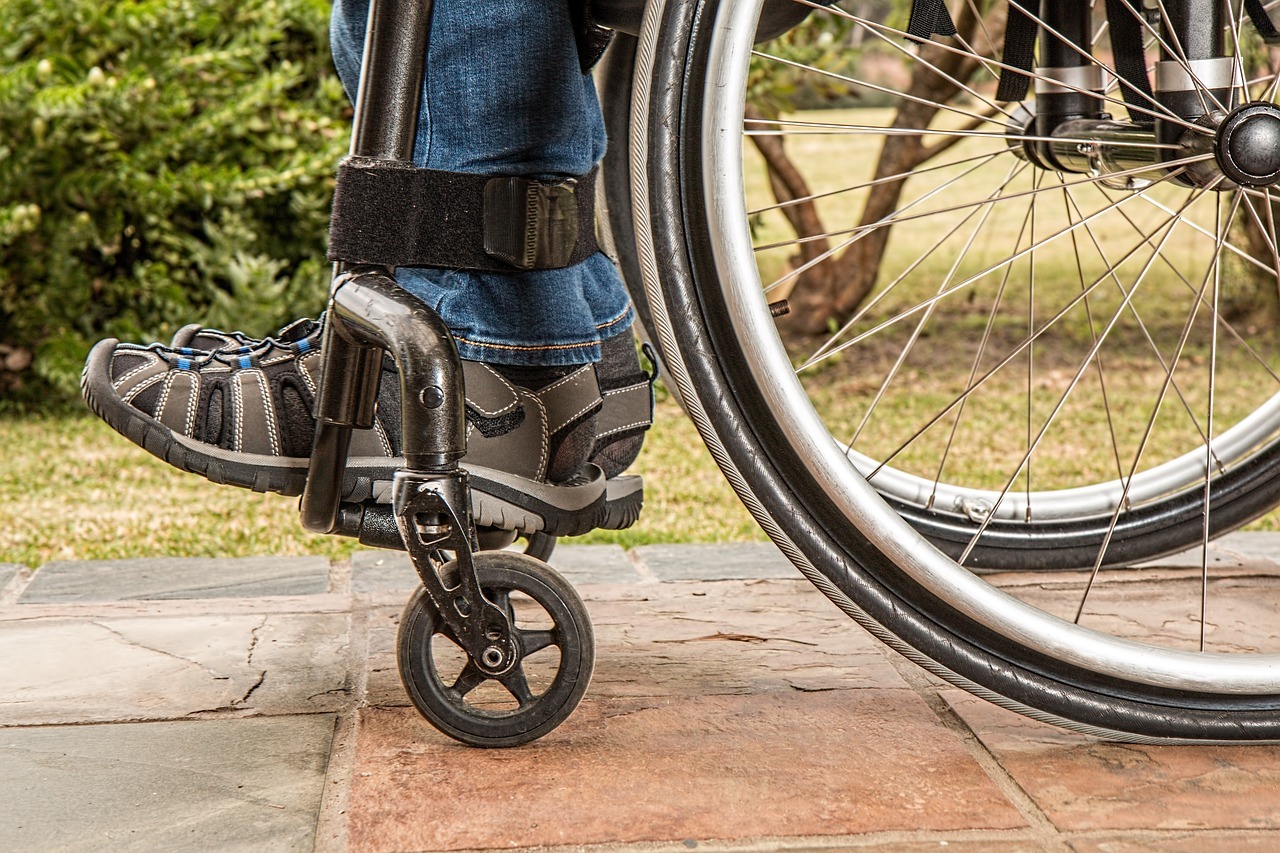Paralysed mice walk again after a single injection
To date, paralysis resulting from spinal cord damage has been irreparable. Spinal cord injuries caused by sports or traffic
accidents often result in permanent disabilities, such as paraplegia, as a result of damage to the axons in the spinal cord.
These axons can’t grow back, leading to paralysis and numbness for life. However, new research by a team of US scientists
could potentially change all of that – they developed a new form of drug that promotes the regeneration of cells, and thus
reversed paralysis, in mice with spinal injuries in just a few weeks. If their findings could be applied to humans, they could
radically reshape medicine.
Professor Samuel I Stupp, of Northwestern University and leader of the study, said: “Our research aims to find a therapy
that can prevent individuals from becoming paralysed after major trauma or disease. For decades, this has remained a major
challenge for scientists because our body’s central nervous system, which includes the brain and spinal cord, does not have
any significant capacity to repair itself after injury or after the onset of a degenerative disease.”
The gel helped regenerate the severed ends of neurons and reduced the amount of scar tissue at the injury site
The team created a gel, made of protein units called monomers that self-assemble into long chains (supramolecular fibrils)
in water. This was injected at the site of spinal cord injuries in paralysed mice. It mimics the matrix that is normally found
around cells, providing a structure helping cells to grow and providing signals that stimulate nerve regeneration. The team
found that the gel helped regenerate the severed ends of neurons and reduced the amount of scar tissue at the injury site –
scar tissue normally forms a barrier to regeneration. The gel also enhanced blood vessel growth, which provided more
nutrients to the spinal cord cells.
As Stupp explains: “Receptors in neurons and other cells constantly move around. So, as well as mimicking the structure
of tissue around the spinal cord, the therapy is finely tuned to match the motion of the cellular receptors. This means that the
molecules of the therapy are likely to come into contact with the moving receptors more often. The key innovation in our
research, which has never been done before, is to control the collective motion of more than 100,000 molecules within our
nanofibres. By making the molecules move, ‘dance’ or even leap temporarily out of these structures, known as
supramolecular polymers, they are able to connect more effectively with receptors.”
The gel enabled paralysed mice to walk by four weeks after the injection
The team waited a day after an incision was made in the spines of the mice, because humans who receive spinal injuries
also experience delays in getting treatment. They injected 76 paralysed mice with either the fibrils or a placebo made of the salt
solution – they found that the gel enabled paralysed mice to walk by four weeks after the injection, whereas the placebo mice
could not. This walking ability was assessed in two ways. The mice were given an overall score to represent ankle
movement, body stability, paw placement, and steps, and mice treated with the gel had a score three times higher. They also
dipped the hind legs of the mice in coloured dyes, and let them walk across a narrow runway lined with white paper.
This test demonstrated that the gel increased both stride width and length, which could correlate with more regrown axons.
The gel’s regenerative effect is due to short sequences of amino acids attached to the ends of the monomer proteins. These
sequences provide regenerative signals that are picked up by receptors on the surface of spinal cord cells. By altering the
non-signal part of these monomers, the team found that enhancing the ability of the molecules to shift in and out of the larger
fibril structure enhanced the recovery of mice, probably because the increased motion enabled the signals to engage with
more receptors on the cells.
The potential applications of this work are obvious. As Ann Rajnicek, of the University of Aberdeen, notes: “It would be
very exciting if this finding could translate to humans, though issues of scaling mouse therapies to humans are not trivial.”
The researchers have already approached the United States Food and Drug Administration to start the process of getting this
new therapy approved for human patients, and it’s possible that fine-tuning molecules to the motion of cells and receptors
could help treat even more conditions. Stupp said: “The central nervous system tissues we have successfully regenerated in
the injured spinal cord is similar to those in the brain affected by stroke and neurodegenerative diseases, such as ALS
[motor neuron disease], Parkinson’s disease and Alzheimer’s disease.”

Comments